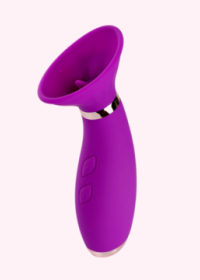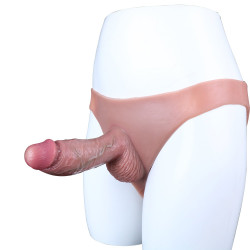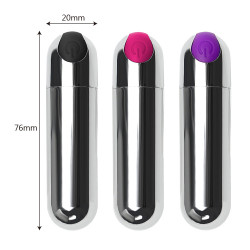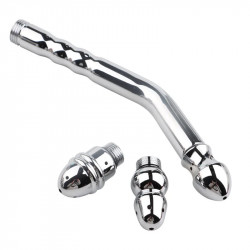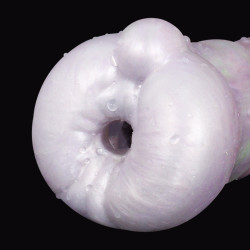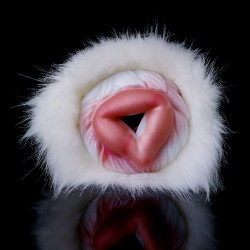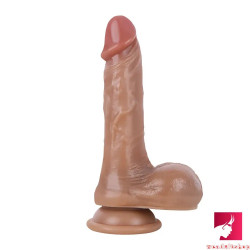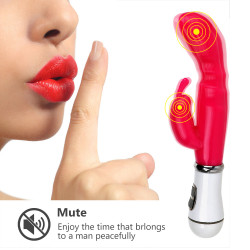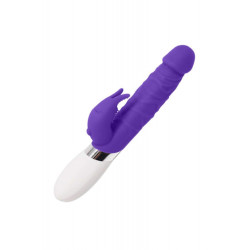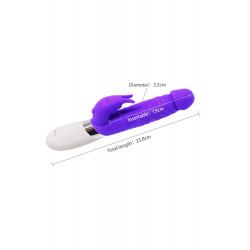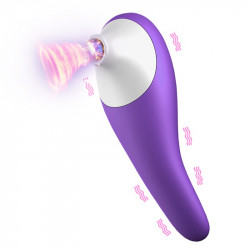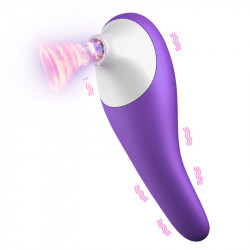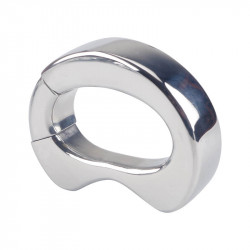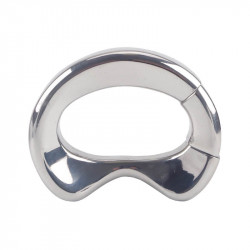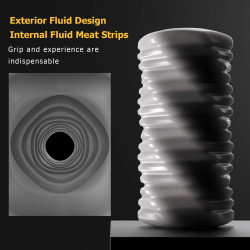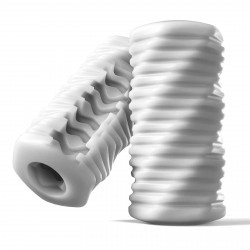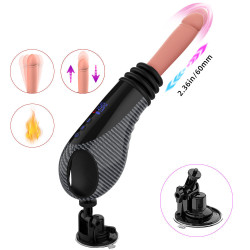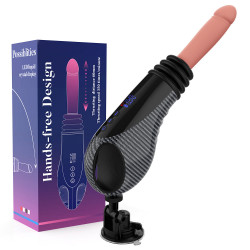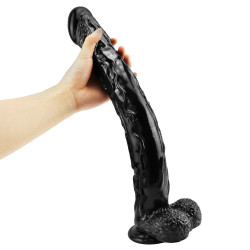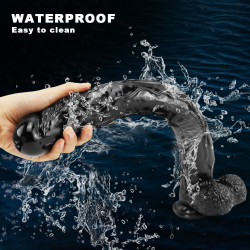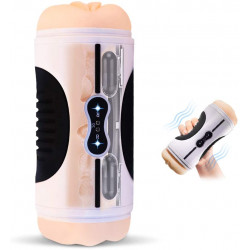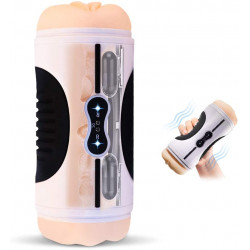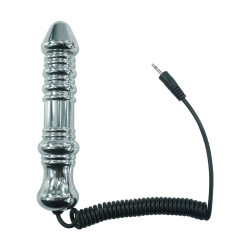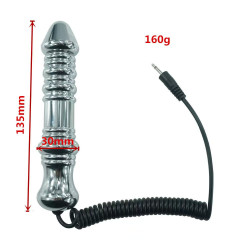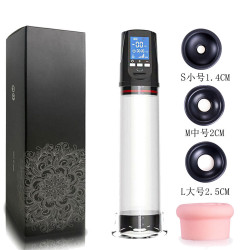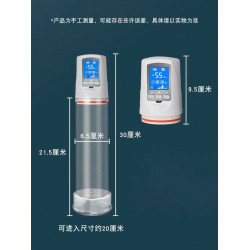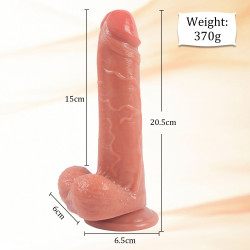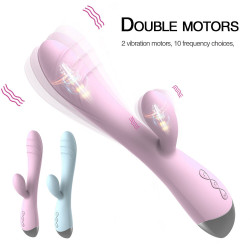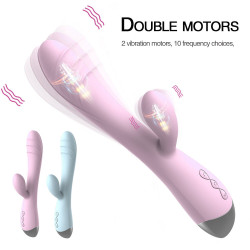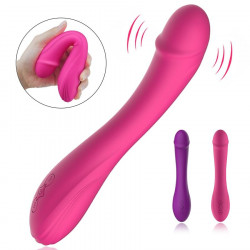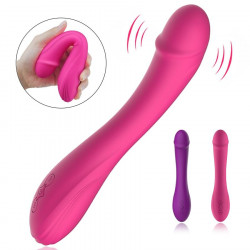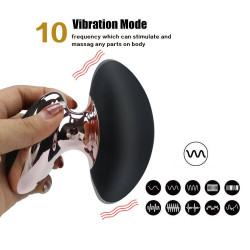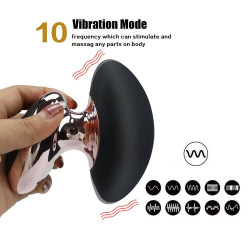Silicone Lube vs. Silicone Toys
The vast realm of personal lubricants is perplexing at best. Fortunately, most queries and misunderstandings can be resolved with a quick Google search. But not all of them are.
For instance, the topic of whether silicone lubes and silicone sex toys may be used together requires more thought than a casual walk, primarily due to the fact that the solutions are numerous, insufficient, and highly contradictory. According to my research—you're welcome—the solution is much easier than it seems.
To put it briefly, silicone lubes and silicone sex toys are entirely compatible, but you must be careful with the ingredients. It's recommended to stick with a water-based lubricant if you're not sure.
The problem with silicone on silicone love
People who have ever opened a drawer and discovered two toys unexpectedly and hopelessly fused understand how annoying chemical reactions can be. Fortunately, the issue with silicone vs. silicone isn't so much that the silicone is breaking down. The additional substances that some manufacturers use in their toys in order to save money are the real issue. That or the process of curing, which is how they transform the liquid silicone into the familiar solid, elastic substance.
Despite not being made of rubber, silicone is a sticky liquid mixture of silicon, carbon, hydrogen, and oxygen that is formally referred to as silicone rubber. One of the safest substances we may utilize on our body, it is quite stable in its pure form. As a result of capitalism, some manufacturers add more to that basic combination to make it last longer. This is known as dildo puttanesca, and it's also very costly.
In impoverished communities, a little cost saving is always appreciated, but occasionally, the additions might make the mixture less chemically stable or just more reactive to chemicals and solvents, such as oils, other sex toys, and, regrettably, silicone lubes. Similar issues can arise with the lubes themselves. However, it usually just modifies the elasticity or firmness.
It should be okay whether you use a pure toy with diluted lubrication or the other way around. If both are diluted, you may have an issue. This issue is a molecular breakdown that may result in your lube fusing into the toy or causing the silicone in the toy mixture to return to its original state. The best course of action is to stay away from both of those. This is how...
Platinum plaques play a powerful part
Like many others, I had no idea that the phrase "Platinum Silicone" on sex toy packaging actually indicated that the silicone is made with platinum. It turns out to be the catalyst in the safest and least wasteful way to cure and harden silicone.
The process necessitates the purity of the silicone material, which raises the expense and complexity of production. Platinum is also quite costly in and of itself. Common industrial pollutants such as temperature, tin, Sulphur, and compounds that end in "amine," such as creatine and amino acids, may unevenly or entirely impede the curing process.
Actually, that's simply a minor issue with this approach generally, but it's the most effective for applications that require physical safety. This cost issue and error margin cause the high cost of platinum silicone toys and their relative rarity.
In certain situations, the manufacturer could not specify the type of silicone or curing method they employ. Because most businesses will try other ways to save money, they won't test for reliability as thoroughly as they should. You'll need the assistance of high-end sex toys if you already enjoy using diluted silicone lube. If you already have non-platinum silicone toys at home and your lubricant purchases aren't finalized, you may use a water-based lubricant.
Threesomes work best for silicone lube
The majority of silicone lubes have a lengthy list of difficult-to-pronounce ingredients, but just three are needed: dimethicone, Cyclomethycaine, or Cyclopentasiloxane. Unfortunately, when it comes to lubrication, there doesn't appear to be a universal signifier like "platinum."
Silver, diamond, platinum, pure, basic, and radio silence are some of the terms I've seen used by manufacturers to express that they have three-way communication going on inside. In an ideal world, everyone would have the purest form of silicone, so there would be no need to mention it. Even yet, it can be annoying, particularly if not all of the chemicals are harmful; some are actually quite helpful and could enhance your experience in general.
Of course, if all the ingredients are listed in that hypersyllabic scientific language that companies adore, you might not recognize something amazing. For instance, I've discovered many silicone lubes that include barbadensis and tocopheryl acetate. Even if they only consist of vitamin E and aloe, it seems overwhelming and difficult to study at first.
Lube labels provide many more of these chemical names for everyday things. Perhaps try searching online for some alternative names if you already adore your lube and it has more than just the three primary and two helpful ingredients. You might be shocked to discover that the tiny container contains either something great or something awful. In any case, you'll be able to retain your silicone sex toy for a lot longer because you're more informed.

